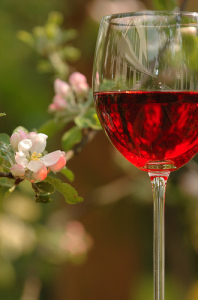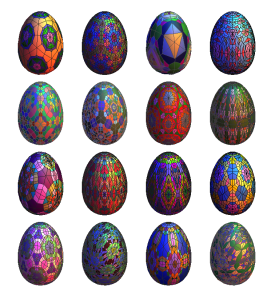2009 was the year of the cupcake –  2010 is shaping up to be the year of the eclair.
2010 is shaping up to be the year of the eclair.
But before you start salivating about the simple delights of choux pastry, lashings of fresh cream and icing, this year’s variation comes with a very controversial twist.
Yes, among the cake cognoscenti, eclairs have gone savoury.
Chocolate eclairs are out, and are being replaced by savoury incarnations
Passé: Chocolate eclairs are out, and are being replaced by savoury incarnations
Forget chocolate and cream. This year’s most fashionable eclairs are filled with creamy ricotta cheese and basil, and crab and crème fraîche. One trendy London hotel even serves a Veuve Clicquot eclair, which comes with a complimentary glass of champagne.
The French may have invented the eclair in the 19th century, but it is a British boutique hotel, The Arch in Marylebone, central London, which is at the very heart of the eclair revolution. For it is here that many of the most outlandish savoury eclairs are served to fashionable ‘ladies who lunch’.
Early reviews suggest experts are split: some are in awe of the new concoctions, while others remain rather unconvinced, especially by the foie gras and Sauternes creation.
But few can deny the hotel setting is a massive improvement on your average cake shop.
The Arch serves the eclairs in its stylish Martini Bar, giving the chattering cocktail crowd something controversial to chew over.




